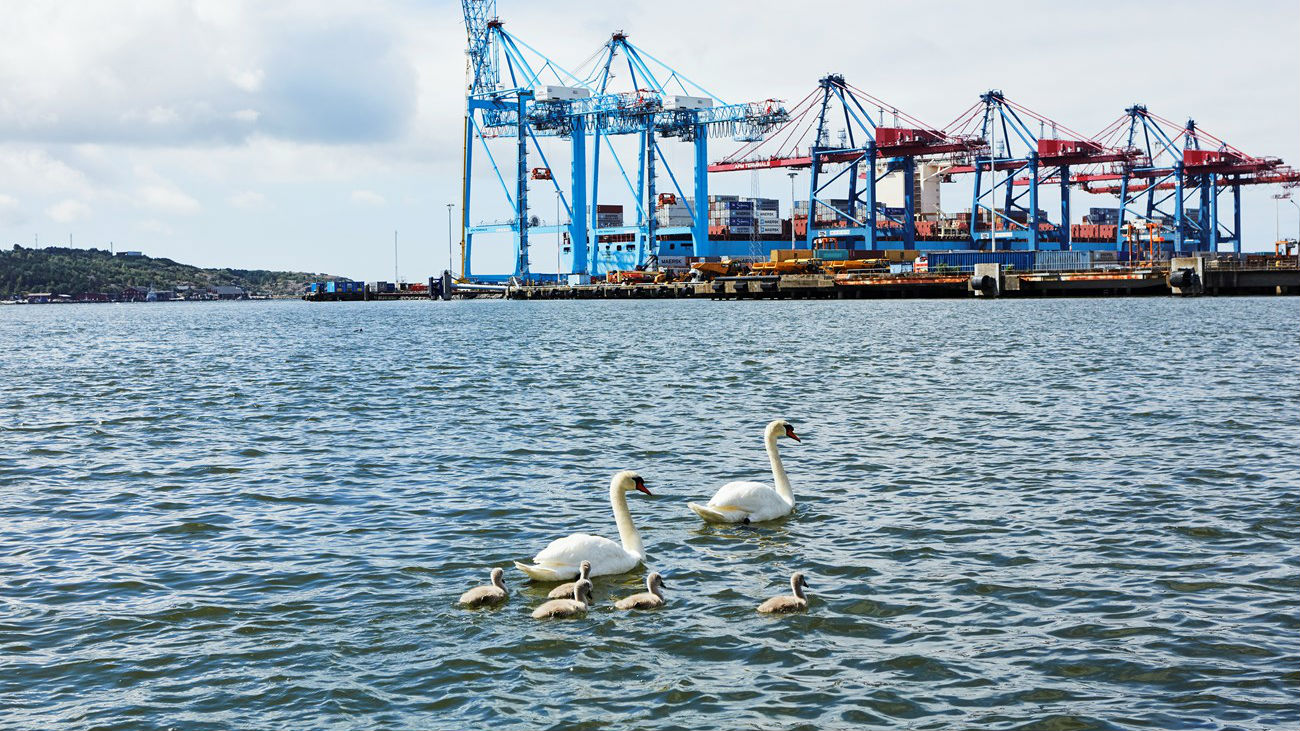E.U. Study Proposes Harmonized Port Environmental Fees

With the exception of Sweden, which started rewarding green vessels in 1991, port environmental charging has only been implemented regularly in Europe since 2011, and there has been little standardization between ports. A report released this month is calling for greater harmonization.
The report Study on differentiated port infrastructure charges to promote environmentally friendly maritime transport activities and sustainable transportation was commissioned by the E.U. Commission’s Directorate-General for Mobility and Transport. It details a study of the costs and benefits of the schemes and proposes guidelines for their future application.
30 ports were found to use environmental charging scheme, 11 in the Hamburg-Le Havre port range, seven in the Baltic Sea, one in the North Sea, six in the Mediterranean Sea and five in the South-Atlantic Ocean. Large, small and medium-sized ports implement schemes with similar characteristics. The vast majority of schemes involved rebates on port dues of between 0.5 and 20 percent for vessels that take part in environmental indexes or certification programs.
Spain stands out as the only Member State whose differentiated charging policy is established at central level, although implemented by ports individually.
Short-sea shipping is often priced lower than deep-sea shipping. Generally speaking, port authorities did not connect this incentive with environmental objectives. For instance, some ports suggested that short-sea shipping is priced lower when it is a core traffic segment and vessels call at port frequently. Despite rebates not being strictly environmental, incentives to short-sea shipping may be considered as a way to shift traffic from road to sea, thus contributing to increasing transport efficiency, states the report.
Most ports interviewed do not specifically monitor the environmental and economic impact of the scheme they applied.
The report's recommendations include:
1. Port authorities and national authorities consider environmental charging as part of a broader policy to support the uptake of alternative fuels for waterborne transport.
2. The E.U. should consider environmental charging as a market-based measure for reducing greenhouse gas emissions from shipping. Through the EEDI, the IMO intends to increase ship efficiency and reduce GHG emissions until 2025, and it may make sense to propose a system of rebates that incentivizes shipowners to adopt the increasingly stringent standards even before their entry into force. The effective application of the MRV Regulation, entered into force in 2015, will create an E.U.-wide legal framework for the monitoring, reporting and verification of CO2 emissions from maritime transport.
3. E.U. port authorities and national authorities should assess the feasibility of defining common criteria for environmental charging across the E.U. By way of an example, an E.U.-level register could list under which conditions green ships should be entitled a rebate in E.U. ports. Similarly, it may be useful to define a list of green initiatives that could give entitlement to rebates. A good solution could be to refrain from dictating rigid requirements, but rather to list possible options that entitle to rebates and ranges for discounts.
The report is available here.
